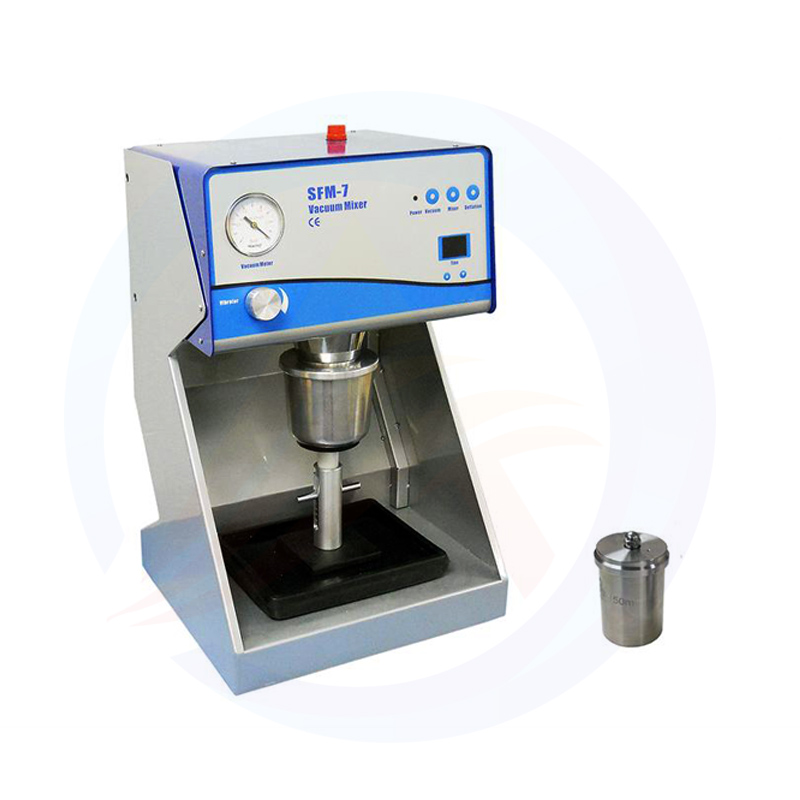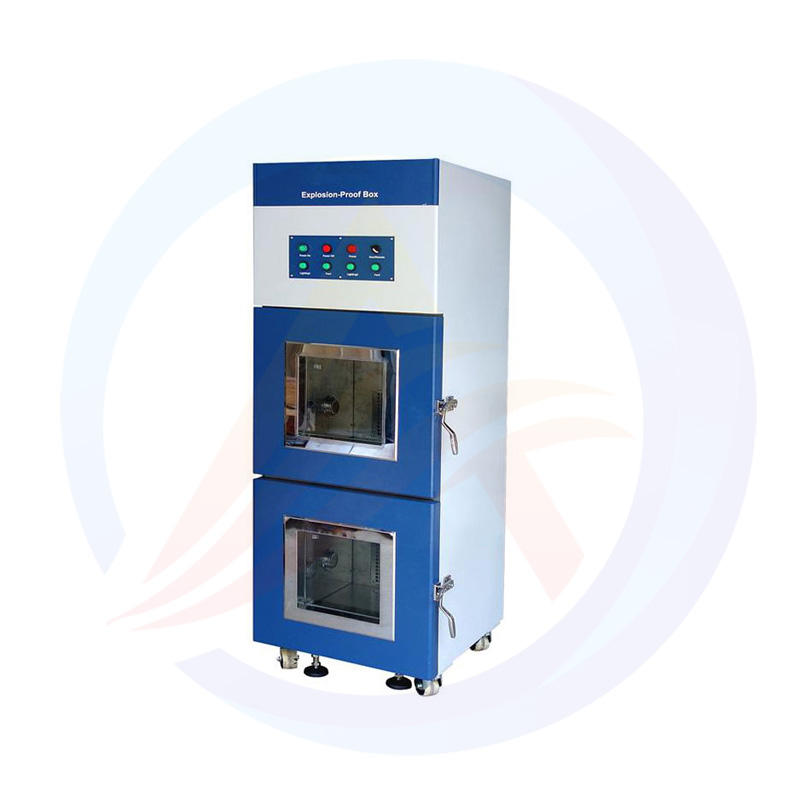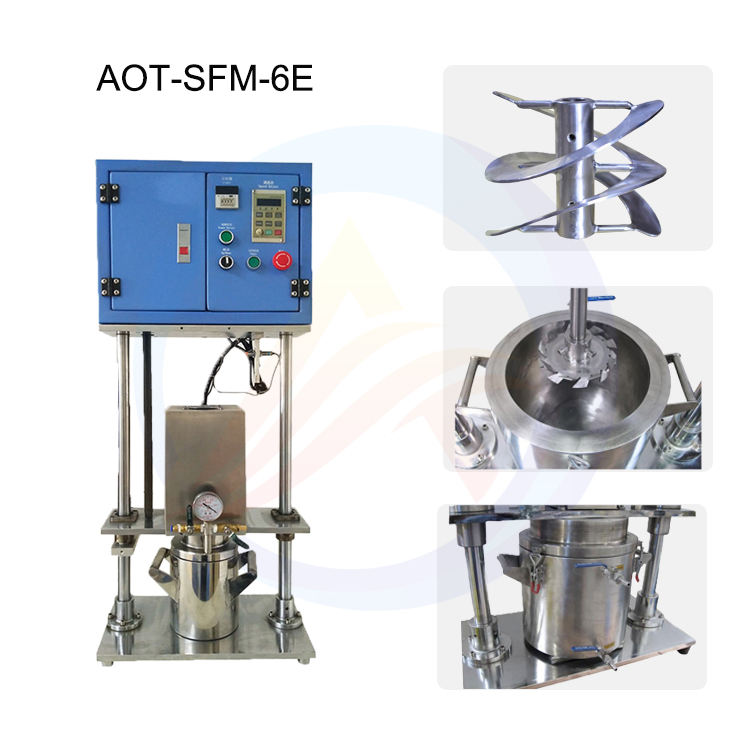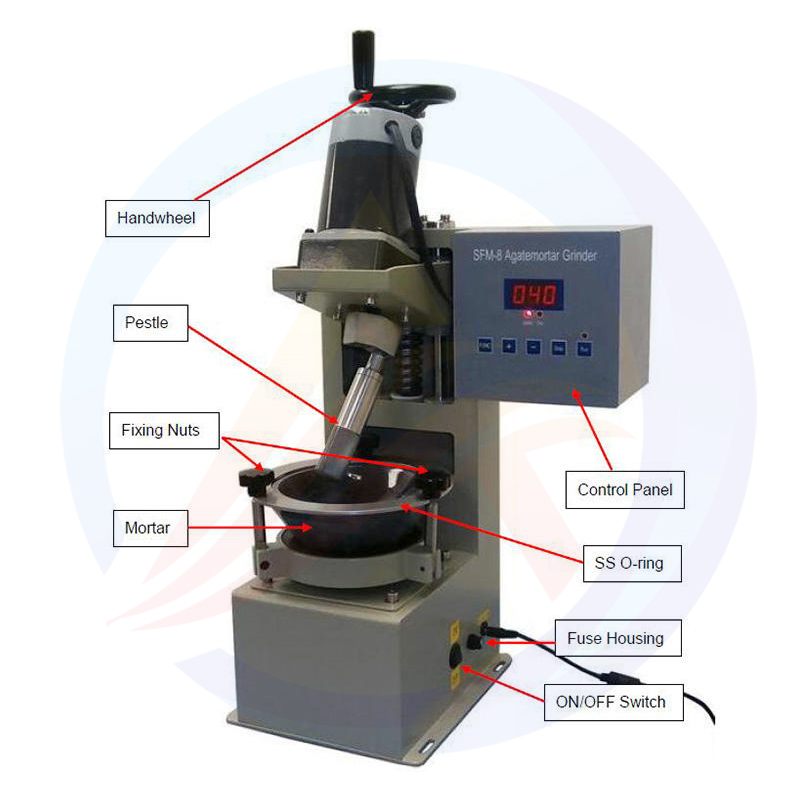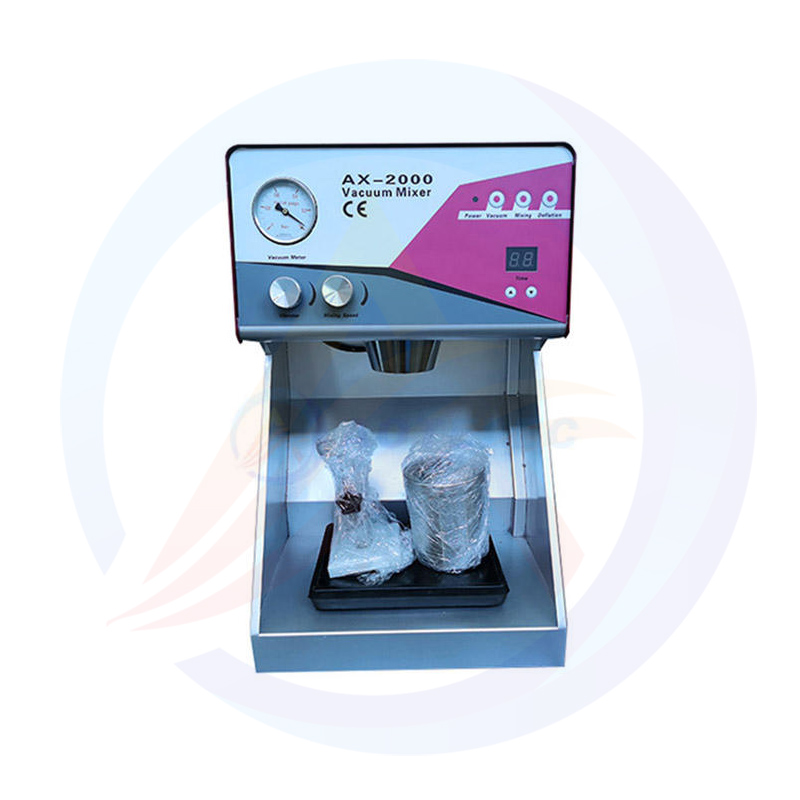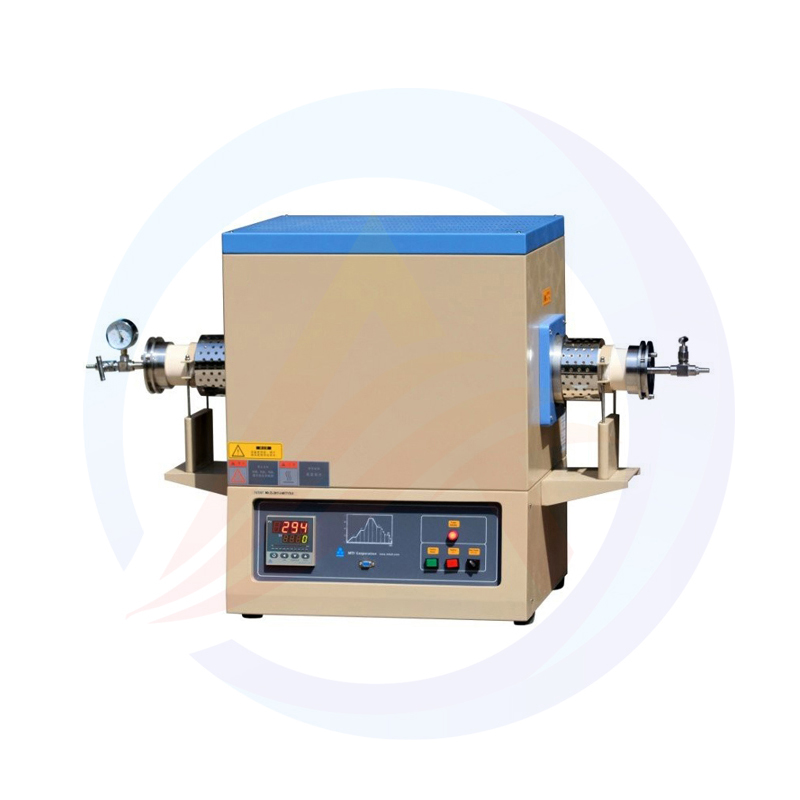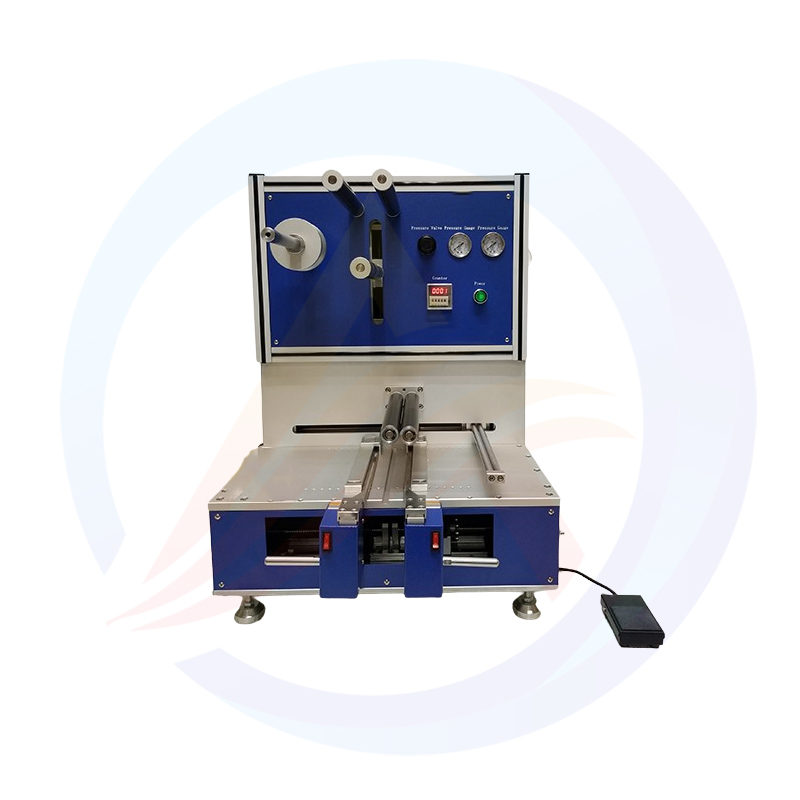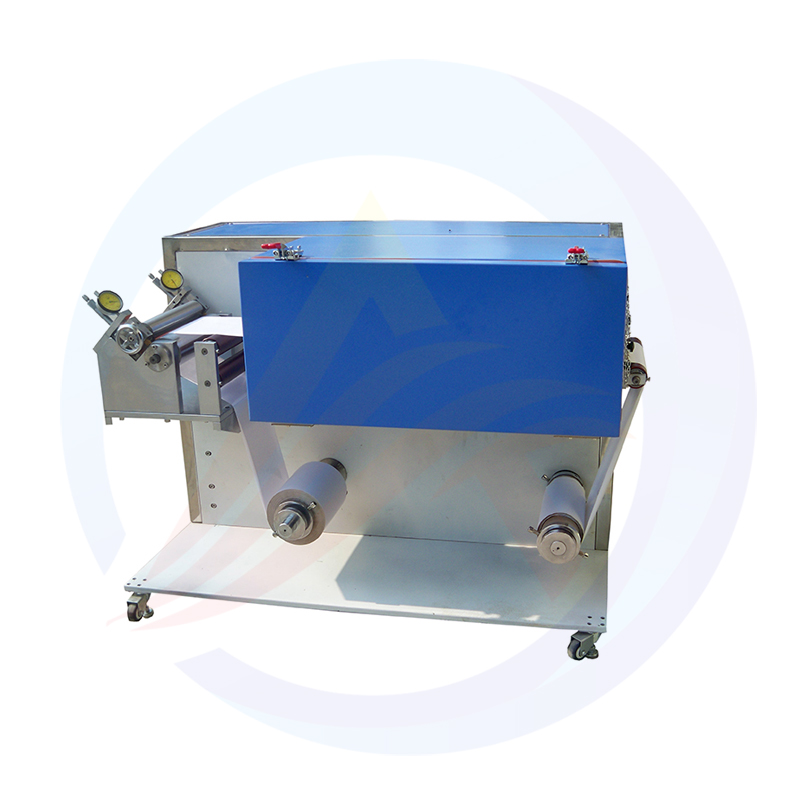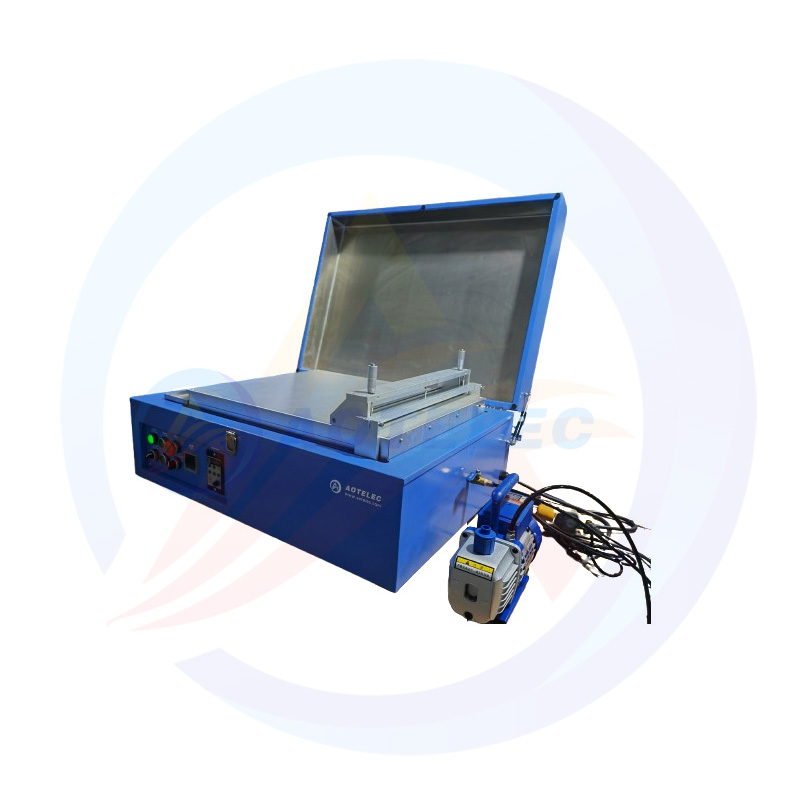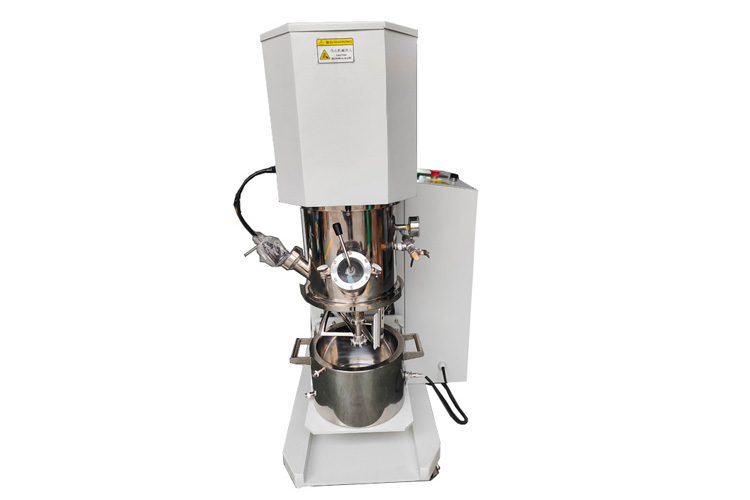
The production and manufacturing of lithium-ion batteries is a process closely linked by one process step. Overall, the production of lithium batteries includes the electrode manufacturing process, the battery assembly process, and the final liquid injection, pre-charging, formation, and aging processes. In these three stages of the process, each process can be divided into several key processes, each step will have a great impact on the final performance of the battery.
In the process stage of electrode sheet manufacturing, it can be subdivided into five processes: slurry preparation, slurry coating, electrode sheet rolling, electrode sheet cutting and electrode sheet drying. In the battery assembly process, according to the different battery specifications and models, it is roughly divided into winding, shell, welding and other processes. In the final injection stage includes injection, exhaust, sealing, pre-charging, formation, aging and other processes. Each process in the battery manufacturing process will cause a certain amount of waste, the reasons for waste are staff errors, equipment errors, environmental reasons, etc., in order to ensure that the cost rate of the product is good enough, try to ensure that each step of the product is qualified.
The preparation of electrode is the most critical part in the whole process, and the quality of electrode directly affects whether the next step can be carried out. Slurry preparation is a non-Newtonian high-viscosity fluid formed by mixing living matter, adhesive, solvent, thickener and other powders evenly. The fluid needs to have a certain viscosity, good fluidity and a small enough particle size. What kind of equipment is needed for the preparation of electrode to meet the requirements?
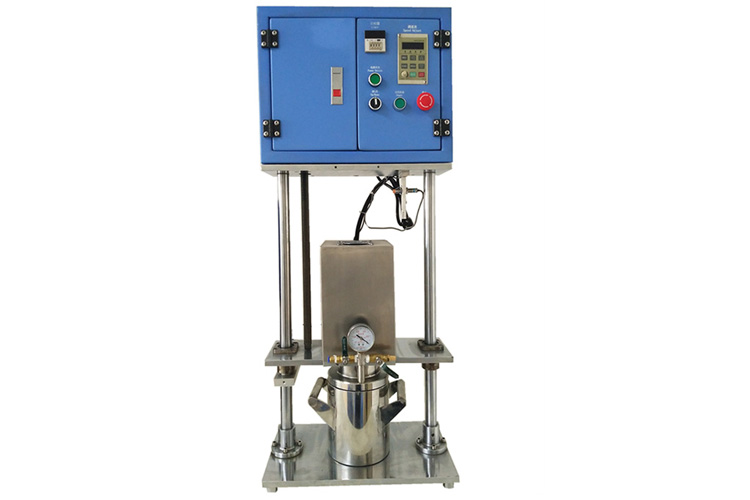
First, the capacity is large enough
The manufacture of the battery requires more electrode pieces, and the consistency of the cell is required. This requires that the slurry needs a certain consistency, in the actual mixing process will be due to mixing operation, time, feeding order and other reasons caused by each pot of slurry is not exactly the same, even in the same process conditions each slurry viscosity is not necessarily the same. Therefore, the mixer needs to have a certain capacity, the current large mixer can do 2000L, the capacity is large enough must consider the mixing ability and the mixing effect of the material.
Second, with a good vacuum sealing system
Mixer needs a good vacuum sealing system, there are three main reasons:
1. In the whole mixing process, due to frequent collision and friction between materials, as well as friction between the blender and the material, more heat will be generated, resulting in a rise in temperature. The rise in temperature will cause some solvents to emit a very irritating odor, such as NMP, PVDF, etc., organic gases have great harm to the human body.
2. Powder in the dry powder premixing stage, if the closed system is not good enough, it will make dust four Yang, destroy the working environment, affect product quality and cause harm to employees.
3. There are large gaps in the powder, and after mixing with the solvent, there will inevitably be many bubbles inside the slurry. It is necessary to debubble the paste before the electrode sheet coating, otherwise there will be bubble rupture during the coating process, different surface density and even exposed foil phenomenon, which is extremely unfavorable to the performance of the battery.
Third, the blender material has strong corrosion resistance, wear resistance, stable physical and chemical properties
Obviously, regardless of the strong alkalescence of the positive electrode material, the strong corrosion of NMP, etc., the mixer needs to have excellent corrosion resistance. In the mixing process, the continuous mixing of the mixer on the powder requires that it has wear resistance and has a long enough service life.
Fourth, the structure of the agitator blade is reasonable, and the mixing speed design meets the requirements
In addition to sufficient stirring power and stirring range, the shape of the agitator blade, mechanical design and so on have a great impact on the slurry preparation. First of all, it is necessary to ensure that the stirring range of the agitator is large enough to have no dead corners in the mixing container. At present, in larger mixers, two-axis or even three-axis planetary mixers are used to ensure that no powder or caked living matter is not evenly mixed into the slurry. Secondly, the shape design of the agitator has an absolute impact on the dispersion, mixing, particle size distribution and fluidity of the material. At present, the common shapes on the market include paddle type, butterfly type, anchor type, twist type, claw type, frame type, etc., and it is best to be equipped with high-speed dispersion equipment, because some materials need high-speed shear force to disperse it, so it is necessary. The third is to require the equipment to meet the requirements of mixing speed to meet the requirements of high molecular weight, ultra-fine powder dispersion.
In addition to the main mixing shaft, blade and other designs, some equipment has scraper design, container rotation and other designs to improve the efficiency of mixing and the mixing degree of materials.
5. Mixer safety
The safety design of the mixer must be reasonable, including the explosion-proof design of the equipment, the safety emergency stop design of the equipment and the stability of the equipment, so as not to cause injury to the operator.
The above is the basic requirements for lithium battery slurry preparation equipment, and corresponding changes need to be made with different material properties.

